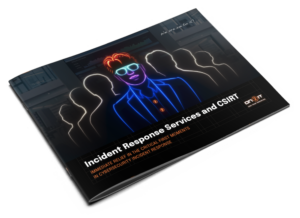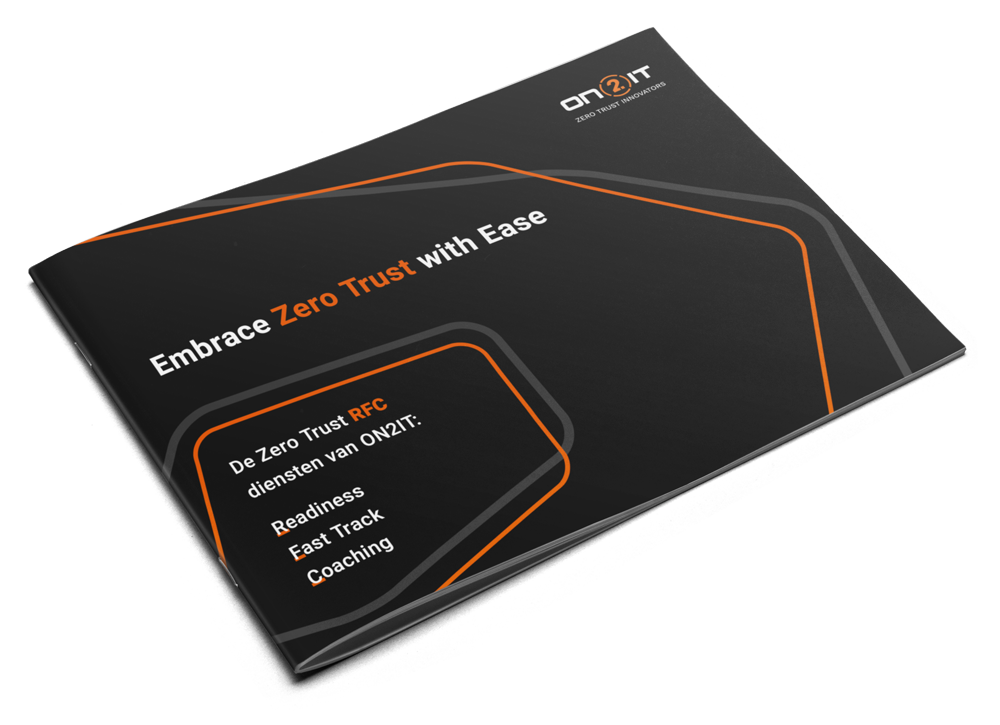Summary
SaaS keeps your business running: your files, your customers, your future all live there.
But for most organizations, it’s the blind spot in their security strategy.
We trust the provider.
We tick the compliance box.
And then… we move on.
That’s the problem.
Because trust doesn’t equal protection.
In a Zero Trust world, SaaS isn’t “just a tool.”
It’s a protect surface — one you need to see, control, and defend like any other critical asset.
This blog cuts through the noise and shows how to turn SaaS from a soft target into a secured stronghold:
from shared responsibility to access control, network segmentation, and data in motion.
Don’t let your cloud apps become your weakest link.
Make them part of your Zero Trust defense.
SaaS runs modern business, but it’s become our blind spot
Email, files, CRM, HR, everything lives in the cloud now.
But when it comes to security, most organizations still look the other way.
We assume the provider’s got it.
We trust the contract, tick the compliance box… and move on.
That’s the dangerous part.
Because in cybersecurity, trust is not a control.
SaaS might be convenient, but it’s also one of the easiest doors to overlook, and the hardest to close once it’s open.
In a Zero Trust world, SaaS isn’t just another app.
It’s a protect surface: something you must see, control, and defend like any critical system inside your network.
Zero Trust’s core rule, never trust, always verify, applies here more than ever.
If you can’t see who’s accessing your SaaS, how, and from where, you’re not managing risk, you’re outsourcing it.
The shared responsibility of SaaS security
Most organizations still treat SaaS security like a paperwork exercise.
Sign the contract. Check the SLA. File the compliance report.
Then forget about it.
But that’s not security; that’s wishful thinking.
Every SaaS platform runs on a shared responsibility model.
The provider protects the infrastructure.
You protect your users, your data, and your configurations.
Big names like Microsoft 365 and Google Workspace give you plenty of controls,
conditional access, strong authentication, fine-grained policies.
Smaller vendors? Not so much. Often, you get a single checkbox for “Enable MFA” and a prayer.
That’s why your own controls matter.
Because you can delegate the service,
but you can’t delegate the accountability.
In a Zero Trust world, that’s the line that separates “secure” from “complacent.”
Network Access, the overlooked layer of SaaS protection
SaaS may live in the cloud, but every login still travels across the same old internet.
That path – the one between your users and the app – is part of your attack surface.
Ignore it, and you’re leaving the front door wide open.
Zero Trust Network Access (ZTNA) fixes that.
Its rule is simple: no one gets in unless they’re verified, not just the user, but the device and the connection itself.
With the right setup, you can build a micro-perimeter around every SaaS app:
- Allow traffic only from trusted IP ranges.
- Use secret headers to confirm legitimate traffic.
- Route everything through a SASE or CASB layer so it’s authenticated and inspected before it touches your SaaS provider.
Even with MFA turned on, the internet is still probing you.
Credential stuffing. Phishing. Token theft.
These attacks don’t care about your password policy, they exploit what happens after login.
That’s why network-level controls matter.
They don’t just verify identity, they remove exposure.
In a Zero Trust world, that’s what real protection looks like.
Controlling data in motion
Protecting access is only half the battle.
The other half is keeping your data safe while it moves.
Most SaaS platforms rely on HTTPS, and that’s fine for the basics.
But if that’s where your protection ends, you’re only securing the surface, not the flow.
Every upload, sync, or API call is a potential leak.
If you don’t see it, you can’t stop it.
That’s why mature organizations route SaaS traffic through a SASE or CASB layer.
It’s not about adding friction, it’s about adding control.
With the right setup, you can:
- Enforce encryption standards on every connection.
- Apply DLP policies that stop sensitive data before it leaves your network.
- Gain full visibility into who moves what, and where it’s going.
This isn’t about distrust, it’s about defense in depth.
Because the moment your data leaves your walls, visibility is your last line of protection.
Zero Trust gives you that visibility, and turns every data path into a protected one.
Bringing it all together
Zero Trust isn’t about blocking users or locking down devices.
It’s about protecting what really matters, your data, and the systems that hold it.
When you look at SaaS through that lens, everything changes.
It’s no longer “just another app.”
It’s a protect surface that deserves the same attention as your core infrastructure.
Here’s what that looks like in practice:
- Treat SaaS as a protect surface not a convenience.
- Build micro-perimeters with access and network controls.
- Extend visibility with SASE and CASB integrations.
SaaS doesn’t have to be a blind spot or a matter of trust alone.
With the right Zero Trust approach, it becomes a visible, defendable, and resilient part of your architecture, not the weak link in it.
Final thought
SaaS security isn’t optional.
It’s your data, your users, your risk, and still your responsibility.
Zero Trust gives you the framework to take that control back.
Because in the end, the cloud doesn’t secure itself; you do.


